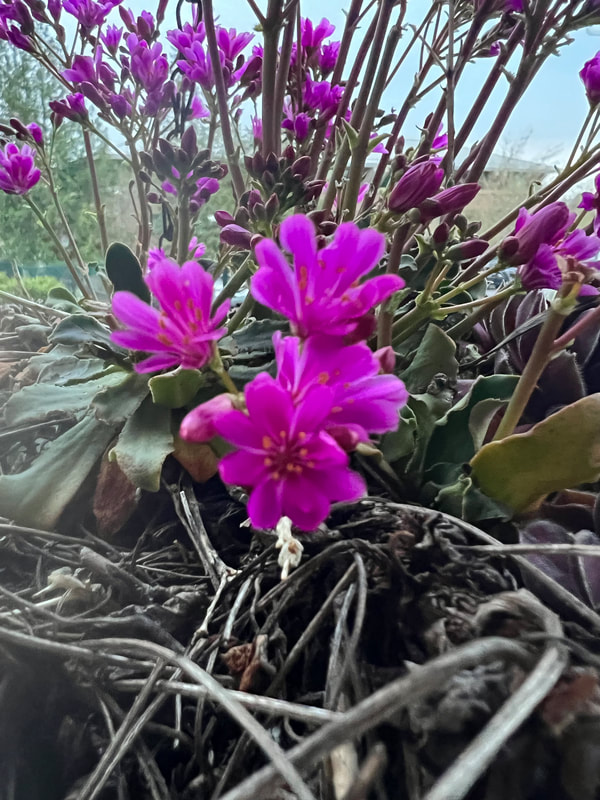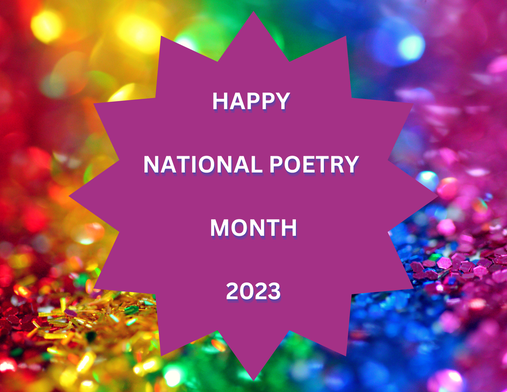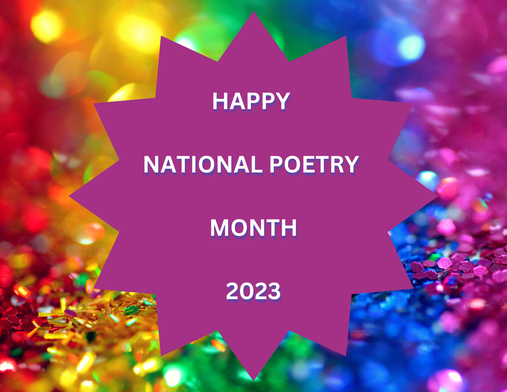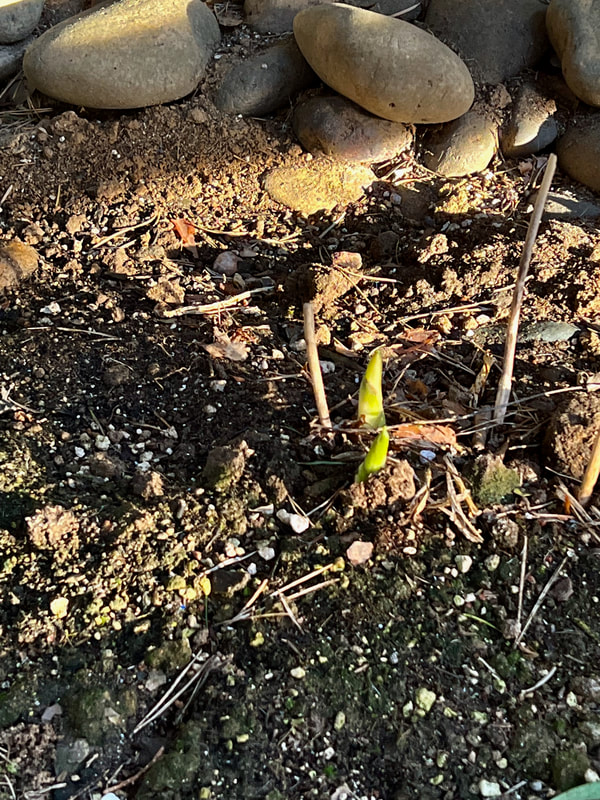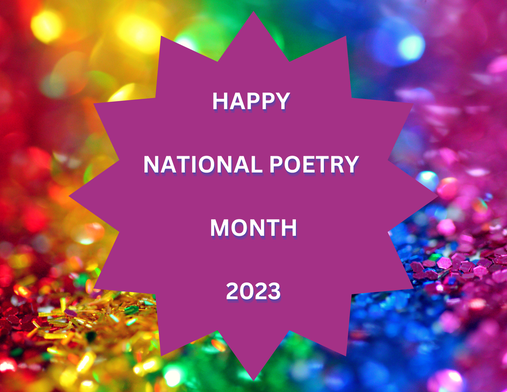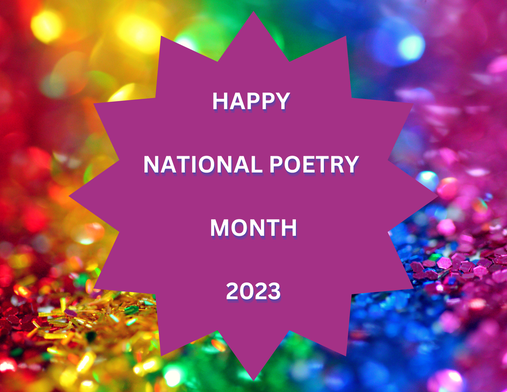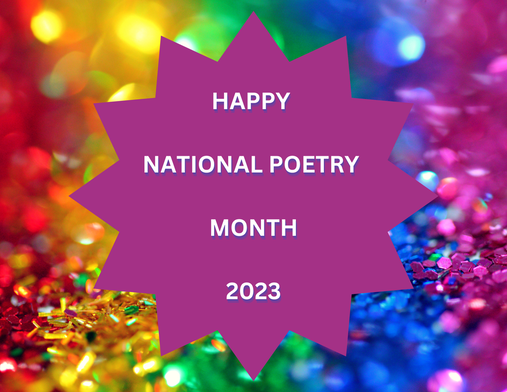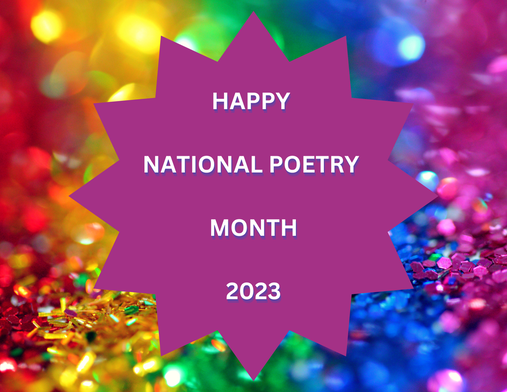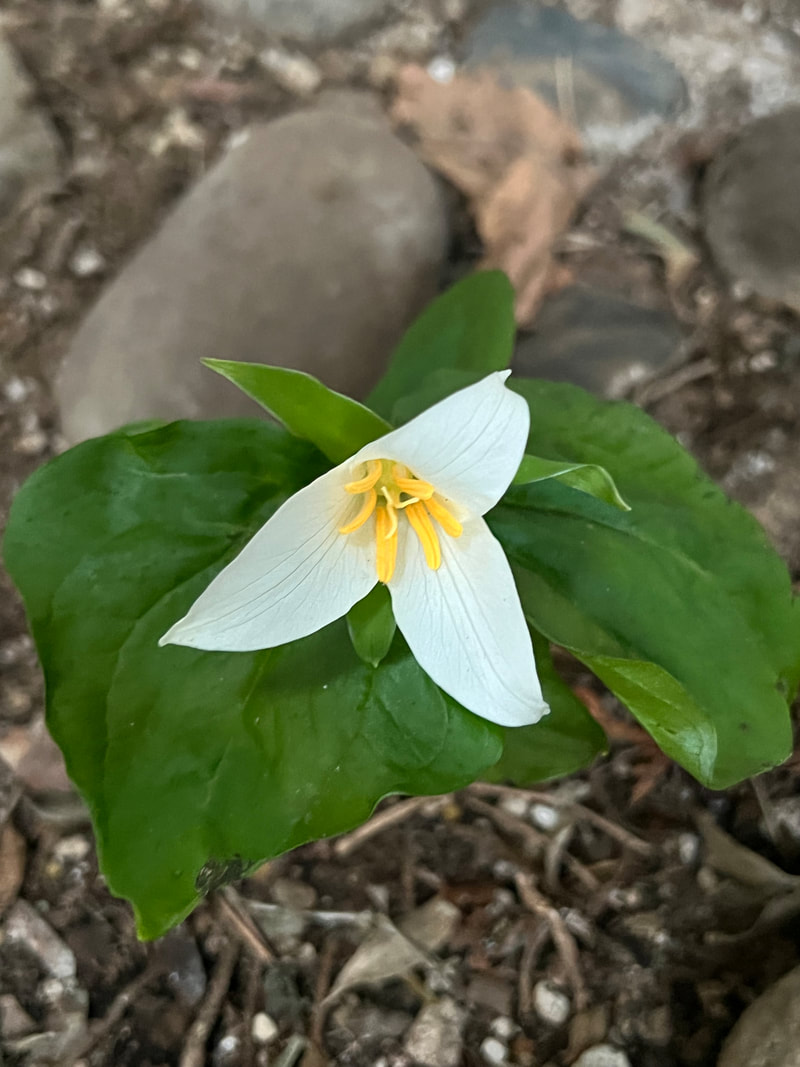|
Today's poem is "An Uncomfortable Lunch" by Jay Brazeau.
The poem video was created by Kara S who is a chicken owner.
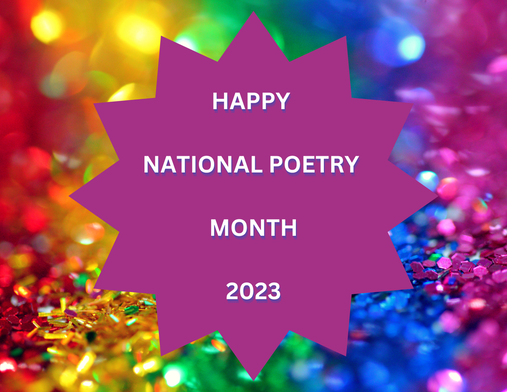 Thanks to Ruth at There is no such thing as a God-forsaken town for hosting today, the last Friday of National Poetry Month. Between the awesome poem videos from the students of Texas Women's University, The Classic Found Poetry Palooza, and the author interviews, it has been a fabulous month of poetry. Today I having Sally Walker returning with her new book, Trees: Haiku from Roots to Leaves. I was thrilled when Anne Irza-Leggat, Candlewick Press, presented me with the opportunity to interview Sally Walker again with her latest book. 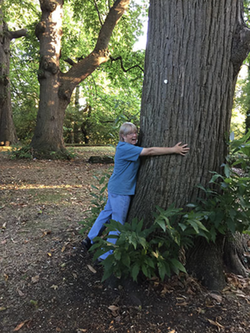 This picture! Yes, I used it last year and it speaks volumes about Sally's love of trees. JRM: At your website, you have a photo of you hugging a tree. And in your author’s note, you mention how you and your sister loved trees. Can you share more about that experience, your love of trees? SW: We were fortunate to have many excellent, memorable trees in our neighborhood. My father planted a Norway maple tree on our front lawn shortly after he and my mother purchased the house I grew up in. By the time I was 10 years old, it was perfect as “home base” for many of the games we played with our friends. The oldest tree in our city—a swamp white oak—was two houses down from my mine. There was a brass plaque set into a concrete slab beneath the tree that informed passersby of this distinction. Based on the city arborist’s calculations regarding the tree’s age, we estimated that it had started growing about the time when George Washington was a young man. A long block away from my home, two copper beech trees towered above the very large lawn of an insurance company. Their hefty, almost two-foot diameter trunks supported numerous widespread, thick branches, some of which nearly touched the ground. Perfect climbing trees that became pirate ship riggings or Sherwood Forest hideouts, depending on what we decided that day’s adventures would be. And today, 55 years later, in my mind I still vividly hear the whistles of the cardinals and the raucous screeches of the blue jays that raised families in the pin oak trees outside my bedroom window. JRM: You have another tree book, Champion, The Comeback Tale of the American Chestnut Tree. What led you to write another book on trees? Did the idea percolate when researching Champion? SW: The idea for TREES was not percolating at all when I was researching and writing CHAMPION. As a matter of fact, I had scarcely begun writing EARTH VERSE, my first haiku book, at the time. I’m not sure exactly what led me to writing TREES. In looking back over my first drafts, I see that the earliest one dates to the month when we had to have an aged silver maple in our front yard cut down. We replaced it with a lovely Autumn Blaze maple. I remembering thinking that I was going to miss the old tree and wondering what the new one would look like in the fall. From there, I suspect that the idea for TREES made its way into my thoughts. Also, the folks I work with at Candlewick—my editor Hilary Van Dusen and copyeditor Hannah Mahoney (who is an amazing haiku poet)—put the “dream” in “dream team.” I really wanted to continue working with them. Hilary likes trees, too, so the topic seemed another good haiku fit. JRM: What was the most “tree-mendous” discovery you had in writing this book? SW: I love puns! Thanks for that one, Jone. The tree-mendous discovery for me definitely was learning how trees communicate with one another. I’ve always imagined that the sound of leaves shushing in the wind was the trees whispering amongst themselves. It is one of my favorite sounds. But learning that trees send air-borne scent signals to one another and also communicate nutritional-need signals via their root systems—well, that’s pretty mind-blowing stuff! Now when I walk in a forest, I am aware that a network, almost a magical one, surrounds me. And it makes me wonder how certain trees might be relating to those that surround it. JRM: Would you share a little about what a writing day looks like to you from research to sitting and writing and in-between? Would you have an early draft of a poem and the finished poem? SW: First off, especially when I’m writing haiku, I always, always have my copy of Roget’s Thesaurus on my desk. My parents gave the book to my husband as a gift when he graduated from college. Although it was originally his, during the 49 years we’ve been married, it’s slowly become mine. Its red, cloth cover is heavily worn on the edges and there are a few tears as well. But I would NEVER replace it with a shiny, new “model.” A lot of my haiku are written while I am walking outside. After all, immersing oneself in nature is kind of what haiku’s all about. It’s often where the germ of a haiku begins. I mostly write using a computer because typing is easier on my fingers than writing with a pen. But I have my desk positioned such that I have a window on each side of the desktop. When I pause to think while I am writing, I can see our Autumn Blaze Maple if I look to my left. (And it is a gorgeous, flaming red in the fall.) If I look out the other window, to my right, I can see the thin stems of one of our four serviceberry trees. In April they get silvery blossoms that give rise to purple berries in late June. They taste similar to small, sweet blueberries and make yummy pies. Oops. I am supposed to be writing about my writing day, not trees. Sigh. JRM: That’s quite alright, I would do the same. SW: I write best in the morning. If the writing and idea flow is going well, I can spend hours at the computer without taking a long break. Time flies then. However, sometimes I hit a technical (usually scientific) stumbling block and need a research break to resolve it. Then I’ll head out to either the public library or the university library in town to seek the answer. Libraries are among my favorite places. Traditionally, haiku are three-line poems with a 5-7-5 syllabic structure. Today, many haiku writers choose not to follow that pattern and instead use a differing number of syllables to convey the sense and imagery of their poem. I love playing with words, so I enjoy the challenge of finding just the right word and just the right phrasing while sticking to the traditional structure. It’s a game, a puzzle, and for me that’s fun. Sometimes when I’m writing I take short breaks to play with my cats, who can be very persistent when they want to play. Sometimes I work in the garden. As evening approaches, I cook dinner. But even when I’m away from my desk, haiku thoughts and words simmer in the back of my mind. Every haiku has more than one draft. There’s the “get something down on paper” draft. Followed by the “there are too many syllables in these lines and the words are not precisely what I want” drafts. (There are at least several of these drafts.) And then, often days later, the “Eureka! How could I NOT have thought of this word or phrase before?” draft pops into my mind—often while I’m out walking! There are usually two “eureka” drafts. The first draft is almost, but not quite, there; the second nails it. JRM: Were there poems that didn’t make the cut for this book? SW: Yep. Several. One of them we cut was one of my favorites: musical murmurs the spring peepers’ sweet chorus wakens the forest Spring peepers are another of my favorite sounds. I think due to space/pagination considerations we had to drop a few haiku. I really hated having to eliminate this one. But we had another springtime haiku: covered with gray fur pussywillow catkins cling: kittens on slim twigs that I love equally and thought children would too. Who doesn’t like holding a pussywillow? I chose to keep this one because I thought my cats would get angry at me if I cut it out. JRM: What is next for you? Projects? Adventures? SW: I am very excited about—and had LOTS of fun writing—two board books that will be published by MIT Kids Press in the fall of 2024. The rhyming text invites kids to “chime in” on repetitive refrains. And the dynamic illustrations will provide plenty of discussion opportunities between parents and young listeners/readers. As to adventures…who knows? I’m always open and on the lookout for a new adventure! JRM: Here's to new adventures, more trees, and being outside. Thank you, Sally. Remember, I will be announcing four winners to receive a copy of one of the four books. And watch on Saturday for the final poem video by my TWU students. It will make you smile, especially if you have chickens.
Today's poem is "How to Say Good-bye to Your Cat" by Jone Rush MacCulloch
This poem video was created by Valerie R.
|
AuthorAll photos and poems in these blog posts are copyrighted to Jone Rush MacCulloch 2006- Present. Please do not copy, reprint or reproduce without written permission from me. Categories
All
Archives
July 2024
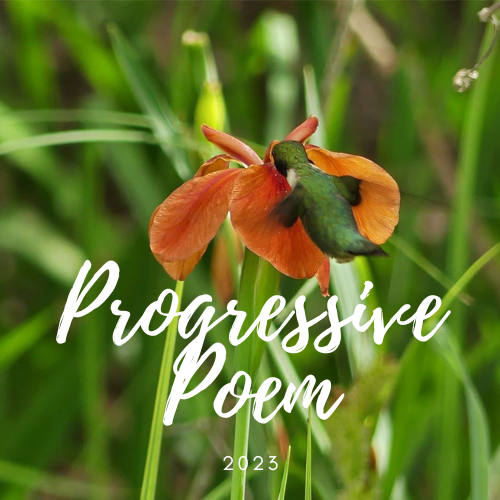
2023 Progressive Poem
April 1 Mary Lee Hahn, Another Year of Reading April 2 Heidi Mordhorst, My Juicy Little Universe April 3 Tabatha, The Opposite of Indifference April 4 Buffy Silverman April 5 Rose Cappelli, Imagine the Possibilities April 6 Donna Smith, Mainely Write April 7 Margaret Simon, Reflections on the Teche April 8 Leigh Anne, A Day in the Life April 9 Linda Mitchell, A Word Edgewise April 10 Denise Krebs, Dare to Care April 11 Emma Roller, Penguins and Poems April 12 Dave Roller, Leap Of Dave April 13 Irene Latham Live You Poem April 14 Janice Scully, Salt City Verse April 15 Jone Rush MacCulloch April 16 Linda Baie, TeacherDance April 17 Carol Varsalona, Beyond Literacy Link April 18 Marcie Atkins April 19 Carol Labuzzetta at The Apples in My Orchard April 20 Cathy Hutter, Poeturescapes April 21 Sarah Grace Tuttle, Sarah Grace Tuttle’s Blog, April 22 Marilyn Garcia April 23 Catherine, Reading to the Core April 24 Janet Fagal, hosted by Tabatha, The Opposite of Indifference April 25 Ruth, There is no Such Thing as a God-Forsaken Town April 26 Patricia J. Franz, Reverie April 27 Theresa Gaughan, Theresa’s Teaching Tidbits April 28 Karin Fisher-Golton, Still in Awe Blog April 29 Karen Eastlund, Karen’s Got a Blog April 30 Michelle Kogan Illustration, Painting, and Writing |
